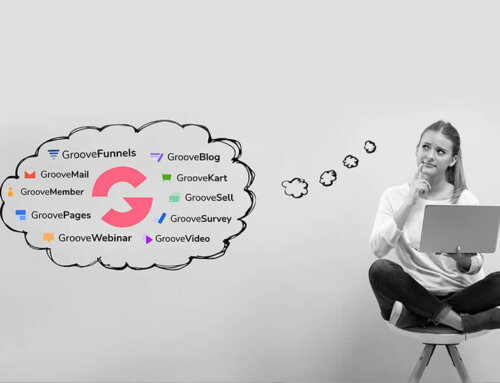Digital assistant usage continues a trajectory of rapid growth. As a personal assistant in both your pocket and around the home, this technology helps people to manage various tasks in their daily lives.
They can be used to read news bulletins, play music, find local attractions, control electronic devices, facilitate diary management… the range of possibilities continues to expand.
It is clear that digital assistance is not a passing trend, and that all of us must take the time to fully understand the implications of the growing use of voice search.
In Every Household?
In the United States alone, consumers spent $4.5 Billion on smart home devices during 2019. We are rapidly moving towards a situation where voice search capability will be in every household. As the technology improves, peoples’ inclination to use it will only increase. Indeed, for many people, voice search has become their favored method of online search.
No longer regarded as a novelty feature, digital assistants are becoming smarter and more efficient as technology quickly evolves. Businesses can make the most of the shift towards voice search by optimizing their websites, apps and content accordingly.
A Shifting Digital Landscape
Voice searches are effortless to perform. This opens up the possibility for more searches to be made, and for smart technology to get an increased understanding of a person or household’s demographics, habits and preferences. With that information, software and search platforms should be able to better anticipate future needs and show the most relevant search results.
And with so much room for improvement (we’ve all experienced digital assistant fails) – there is even greater future potential. Indeed, the number of digital assistants in use is set to reach over 8 billion by 2023. This presents a challenge for businesses and marketers to adapt and hone their digital marketing efforts.

Optimizing for Digital Assistants
In order for businesses to capitalize on the shift towards voice searches, they must adapt their digital marketing efforts.
People use language very differently when performing a voice search; searches are more question led and generally more specific. It’s easier to verbalize a question than type a search term, and therefore there is a great opportunity for businesses to show people exactly what they are looking for.
However, the competition for voice searches is even higher than in conventional search engines; typically only the top 3-5 search results are offered to mobile device users, and only one for those who use smart speakers. Therefore, it has never been more important to make your offering clear and the information contained in your online marketing easy for technology to crawl through and identify.
On a basic level, this means your website needs to be fully mobile-responsive. However, you also need to tune into the LANGUAGE of the voice search.
Specific is Terrific!
With conversational and interrogative language making up the vast majority of voice searches, website owners have to consider, not just the use of long-tail key phrases, but also the difference in phrasing. People are far more likely to use questions when performing their search. For example, rather than searching for “used cars” a user might ask for “Where can I find a used red 2020 Chevrolet Trax LS”.
Having an FAQ section on your website that uses specific questions and long-tail keywords is a great way to improve your voice search SEO, but this only really works if you know the questions that are being asked. Check out www.answerthepublic.com for help with that one.
Keeping Up with Your Competition?
It’s important to recognize that if you’re not currently optimizing your digital marketing for voice search, you’re missing out and falling behind the curve. However, if you’re able to grasp the potential within voice search optimization, you can tap into some exciting opportunities.
When IBM showcased a voice-operated calculator in 1962, few would have been able to anticipate a time when this type of technology would be part of everybody’s daily life. Technology that was once regarded as an (often frustrating) gimmick has evolved to become a mainstay of the digital world. As digital assistant technology continues its rapid rise, it’s time to get smart with your marketing, anticipating and responding quickly to change.





Leave A Comment